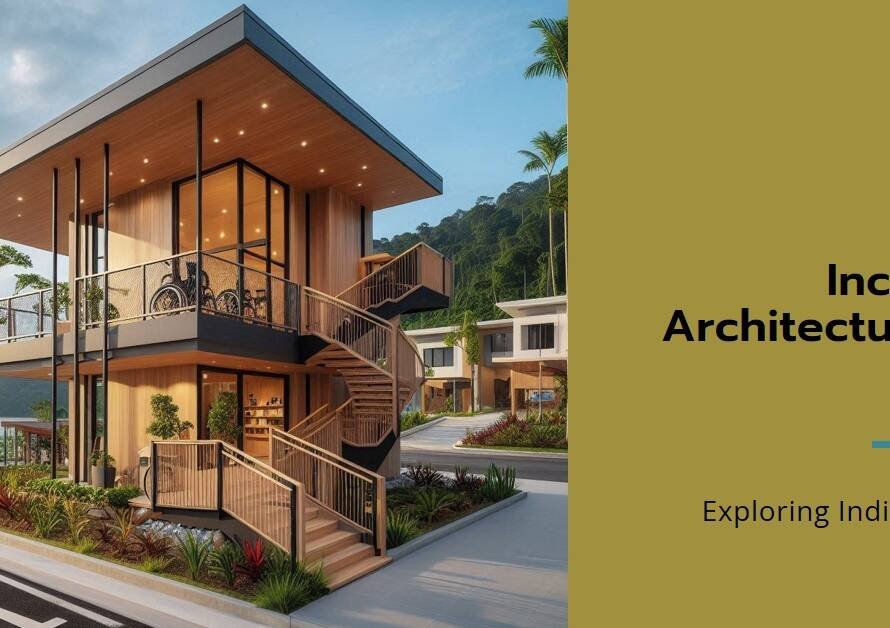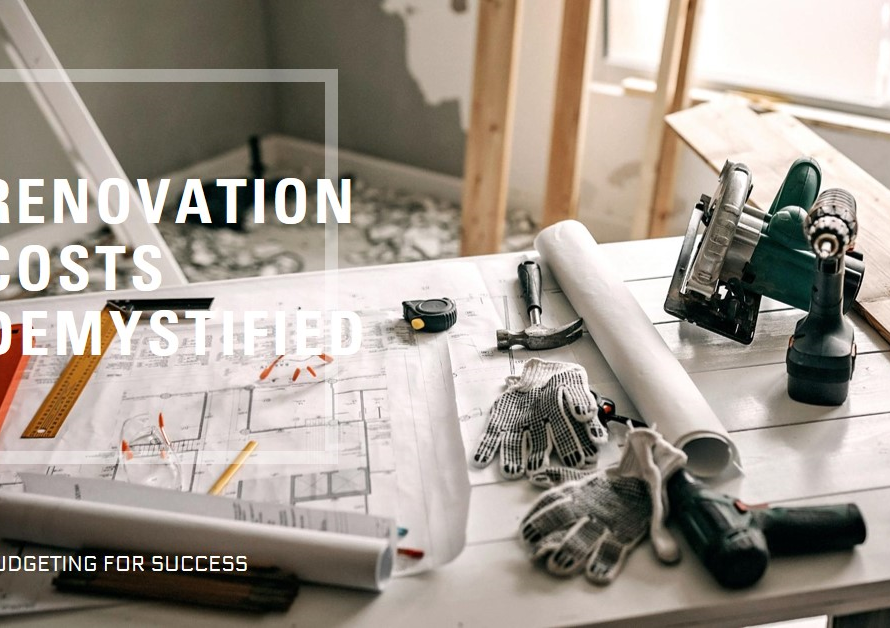
Table of Contents
- Introduction: Understanding Environmental Design
- The Origins of Environmental Design
- Core Principles of the Environmental Design Partnership
- Methodologies in Environmental Design
- Sustainable Architecture: Building for the Future
- Landscape Architecture: Designing with Nature
- Urban Planning: Crafting Sustainable Cities
- Engineering Solutions: Innovative Approaches to Sustainability
- Community Involvement: Engaging Stakeholders
- The Future of the Environmental Design Partnership
- Conclusion: Embracing a Sustainable Future
Introduction: Understanding Environmental Design
The Environmental Design Partnership (EDP) represents a holistic approach to creating sustainable and functional spaces that harmonize with the natural environment. This multidisciplinary field integrates architecture, landscape design, urban planning, and engineering to address environmental challenges while enhancing human well-being. As the world grapples with climate change and rapid urbanization, the role of environmental design has become more crucial than ever.
Environmental design seeks to reduce negative impacts on the environment by improving energy efficiency, utilizing renewable resources, and fostering sustainable communities. This blog post delves into the core principles of the Environmental Design Partnership, exploring its history, methodologies, and the transformative impact it has on our built environment.
The Origins of Environmental Design
Environmental design is not a novel concept. Its roots can be traced back to ancient civilizations that demonstrated a profound understanding of their natural surroundings. The Egyptians, Greeks, and Romans all incorporated elements of environmental design in their architecture, using natural light and ventilation to create comfortable living spaces. These early examples laid the groundwork for modern environmental design practices.
The term “environmental design” gained prominence in the 20th century as architects and urban planners began to address the environmental degradation caused by industrialization. The environmental movement of the 1960s and 1970s further propelled the field, emphasizing the need for sustainable development. Visionaries like Ian McHarg, whose seminal work “Design with Nature” underscored the importance of ecological planning, played a pivotal role in shaping the principles of environmental design.
Core Principles of the Environmental Design Partnership
The Environmental Design Partnership operates on several core principles aimed at fostering sustainability and resilience in the built environment. First and foremost, it emphasizes the integration of natural systems into design processes. This involves considering the local climate, topography, and ecosystems to create designs that work in harmony with nature.
Another key principle is resource efficiency. Environmental design prioritizes the use of renewable materials and energy sources, as well as the reduction of waste. This not only minimizes the environmental footprint of buildings and landscapes but also enhances their long-term viability.
Additionally, environmental design advocates for the creation of healthy and livable spaces. This means designing environments that promote physical and mental well-being, incorporating elements like natural light, green spaces, and ergonomic design. By focusing on human-centric design, the Environmental Design Partnership aims to improve the quality of life for individuals and communities.
Methodologies in Environmental Design
The Environmental Design Partnership employs a variety of methodologies to achieve its objectives. One of the most important is site analysis, which involves a thorough assessment of the physical, cultural, and ecological characteristics of a site. This analysis informs the design process, ensuring that projects are tailored to their specific context.
Another key methodology is life cycle assessment (LCA), which evaluates the environmental impacts of a project from its inception to its decommissioning. LCA helps designers make informed decisions about materials, construction methods, and energy use, ultimately leading to more sustainable outcomes.
Collaborative design is also central to the Environmental Design Partnership. This approach brings together stakeholders from diverse fields, including architecture, engineering, ecology, and community planning, to develop holistic solutions. By fostering interdisciplinary collaboration, environmental design can address complex challenges more effectively.
Sustainable Architecture: Building for the Future
Sustainable architecture is a cornerstone of the Environmental Design Partnership. It involves designing buildings that minimize environmental impact while maximizing functionality and comfort. Key strategies in sustainable architecture include passive solar design, which optimizes the use of natural light and heat, and the incorporation of green roofs and walls, which provide insulation and reduce stormwater runoff.
Moreover, sustainable architecture often utilizes advanced technologies such as building information modeling (BIM) and energy simulation software. These tools enable architects to optimize building performance and reduce energy consumption. By integrating these technologies with traditional design principles, sustainable architecture creates buildings that are both innovative and eco-friendly.
In addition to technical considerations, sustainable architecture emphasizes the importance of cultural and social context. Designs are tailored to the needs and preferences of the people who will use the spaces, ensuring that they are not only environmentally sustainable but also culturally relevant and socially inclusive.
Landscape Architecture: Designing with Nature
Landscape architecture is another critical component of the Environmental Design Partnership. This field focuses on the planning and design of outdoor spaces, from urban parks and gardens to natural reserves and restoration projects. Landscape architects work to create environments that are both aesthetically pleasing and ecologically resilient.
One of the primary goals of landscape architecture is to enhance biodiversity. By incorporating native plant species and creating habitats for wildlife, landscape architects contribute to the preservation and restoration of ecosystems. They also design spaces that manage stormwater effectively, reducing the risk of flooding and improving water quality.
Additionally, landscape architecture promotes human well-being by providing access to green spaces. Studies have shown that exposure to nature has numerous health benefits, including reducing stress and improving mental health. By designing outdoor spaces that encourage interaction with nature, landscape architects help create healthier communities.
Urban Planning: Crafting Sustainable Cities
Urban planning within the Environmental Design Partnership aims to create cities that are sustainable, resilient, and livable. This involves a comprehensive approach that considers transportation, housing, public spaces, and infrastructure. Sustainable urban planning seeks to reduce urban sprawl, promote public transit, and enhance walkability, all of which contribute to a lower environmental footprint.
One of the key strategies in sustainable urban planning is transit-oriented development (TOD). TOD focuses on creating mixed-use, high-density communities centered around public transportation hubs. This approach reduces reliance on cars, decreases traffic congestion, and lowers greenhouse gas emissions.
Furthermore, sustainable urban planning emphasizes the importance of green infrastructure. This includes the integration of parks, green roofs, and permeable pavements, which help manage stormwater, reduce heat islands, and improve air quality. By incorporating green infrastructure, urban planners can create cities that are more resilient to climate change and more pleasant to live in.


Engineering Solutions: Innovative Approaches to Sustainability
Engineering plays a crucial role in the Environmental Design Partnership, providing innovative solutions to environmental challenges. Sustainable engineering focuses on designing and implementing systems that use resources efficiently and minimize waste. This includes the development of renewable energy systems, such as solar and wind power, as well as energy-efficient buildings and infrastructure.
One of the key areas of sustainable engineering is the design of sustainable water management systems. Engineers work to develop systems that capture, treat, and reuse water, reducing the strain on natural water sources. This is particularly important in regions facing water scarcity due to climate change.
Additionally, sustainable engineering involves the use of advanced materials and construction techniques. For example, engineers may use recycled materials in construction or design buildings that can be easily disassembled and reused at the end of their life cycle. These approaches not only reduce environmental impact but also promote a circular economy.
Community Involvement: Engaging Stakeholders
Community involvement is a fundamental aspect of the Environmental Design Partnership. Engaging stakeholders, including residents, businesses, and local governments, ensures that projects meet the needs and aspirations of the community. This collaborative approach fosters a sense of ownership and increases the likelihood of successful implementation.
One effective method of community involvement is participatory design. This approach involves stakeholders in the design process, gathering input and feedback through workshops, surveys, and public meetings. By incorporating the perspectives and knowledge of the community, designers can create solutions that are more relevant and sustainable.
Moreover, community involvement extends beyond the design phase. Ongoing engagement and education are crucial for the long-term success of environmental design projects. This includes raising awareness about sustainable practices and encouraging community members to take an active role in maintaining and improving their environment.
The Future of the Environmental Design Partnership
The Environmental Design Partnership is poised to play an increasingly important role in addressing global environmental challenges. As the effects of climate change become more pronounced, the need for sustainable and resilient design solutions will only grow. Advances in technology, coupled with a deeper understanding of ecological systems, will continue to drive innovation in this field.
One promising area of development is the integration of smart technologies into environmental design. Smart cities, which use data and technology to improve urban living, offer new opportunities for enhancing sustainability. From intelligent transportation systems to smart grids and energy-efficient buildings, these technologies can help reduce resource consumption and improve quality of life.
In addition, the Environmental Design Partnership will continue to evolve in response to changing social and economic conditions. As populations grow and urbanize, the need for affordable and sustainable housing will become more pressing. By embracing new materials, construction methods, and design approaches, the Environmental Design Partnership can help address these challenges and create a more sustainable future.
Conclusion: Embracing a Sustainable Future
The Environmental Design Partnership represents a comprehensive approach to creating spaces that are sustainable, functional, and in harmony with the natural environment. By integrating principles of architecture, landscape design, urban planning, and engineering, this multidisciplinary field addresses the complex challenges of our time.
Through innovative methodologies and a commitment to sustainability, the Environmental Design Partnership is transforming the way we design and interact with our built environment. By engaging communities and leveraging technology, it is paving the way for a future where human development and environmental stewardship go hand in hand.
As we move forward, it is essential to continue fostering collaboration, embracing new technologies, and prioritizing sustainability in all aspects of design. The Environmental Design Partnership serves as a beacon of hope, demonstrating that through thoughtful and innovative design, we can create a more sustainable and resilient world for generations to come.


